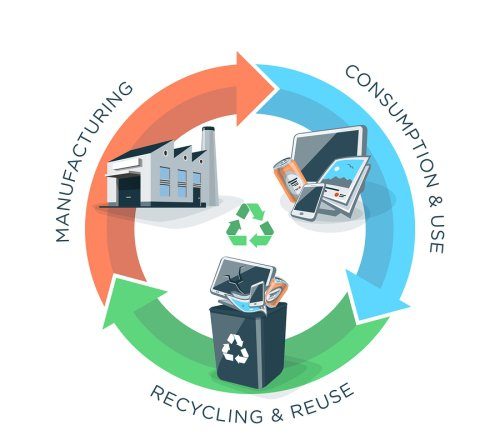
Introduction
Waste-to-energy and waste diversion goals are critical aspects of modern waste management systems. In this article, we will explore the regulatory perspective surrounding these topics and delve into their importance and relevance in today’s world. By examining the historical background, key concepts, main discussion points, case studies, current trends, challenges, controversies, future outlook, and conclusion, we aim to shed light on the significance of waste-to-energy and waste diversion goals from a regulatory standpoint.
Historical Background
Waste management has undergone significant evolution over time. From traditional landfilling practices to the emergence of more sustainable methods, the need for effective waste diversion has become increasingly apparent. Waste-to-energy has gained traction as a viable solution, offering an environmentally friendly alternative to traditional waste disposal. Additionally, waste diversion goals have been developed and implemented to address the growing concerns over waste generation and its impact on the environment.
Key Concepts and Definitions
To better understand waste-to-energy and waste diversion goals, it is crucial to define these terms. Waste-to-energy refers to the process of converting waste materials into usable energy sources, such as electricity or heat. Waste diversion goals, on the other hand, aim to minimize waste sent to landfills through various methods, including recycling, composting, and energy recovery. Regulatory perspective plays a pivotal role in waste management, as government agencies establish and enforce regulations to ensure effective waste diversion and promote sustainable practices.
Main Discussion Points
Regulatory Framework for Waste-to-Energy
The regulations and policies governing waste-to-energy operations play a vital role in waste management. Government agencies are responsible for establishing and enforcing these regulations, ensuring the safe and efficient operation of waste-to-energy facilities. The impact of these regulations on waste diversion goals is significant, as they often dictate the standards and practices followed by waste management companies.
Economic Incentives and Disincentives for Waste Diversion
Economic factors greatly influence waste diversion goals. Financial incentives, such as tax rebates or grants, can encourage businesses and individuals to adopt waste diversion practices. However, there may also be disincentives and challenges faced in achieving these goals, such as high initial costs of implementing waste diversion infrastructure or limited access to recycling facilities in certain areas.
Technological Advancements and Innovations in Waste-to-Energy
Advancements in waste-to-energy technologies contribute significantly to waste diversion goals. From improved incineration processes to the development of anaerobic digestion systems, these technological innovations ensure the efficient conversion of waste into energy sources. However, challenges and limitations, such as the high capital costs or the need for appropriate waste feedstock, need to be addressed for the widespread implementation of these technologies.
Collaboration and Partnerships in Waste Management
Collaboration between regulatory bodies, waste management companies, and other stakeholders is crucial for achieving waste diversion goals. By fostering alliances and partnerships, effective waste management strategies can be implemented. Successful collaborations have already resulted in significant waste diversion achievements. However, challenges remain, such as aligning diverse interests and finding mutually beneficial solutions.
Case Studies or Examples
Real-world examples and case studies provide valuable insights into successful waste-to-energy projects and waste diversion goals. These examples highlight specific regulatory measures that have led to significant waste diversion achievements. By studying the outcomes and impacts of these case studies, valuable lessons can be drawn for future waste management endeavors.
Current Trends or Developments
Keeping up with current trends and developments in waste management regulations is crucial for effective waste diversion. Ongoing research and findings related to waste diversion goals and waste-to-energy provide valuable information for policymakers and waste management professionals. Emerging technologies and practices in the field also play a crucial role in shaping the future of waste management.
Challenges or Controversies
Implementing waste diversion goals often comes with challenges. These challenges include infrastructure limitations, public awareness, and behavioral changes. Additionally, controversies and differing viewpoints surrounding waste-to-energy and waste management regulations need to be addressed in order to find common ground and ensure sustainable waste management practices.
Future Outlook
Looking ahead, the future of waste management regulations holds immense potential. Advancements and innovations in waste-to-energy technologies, coupled with increased collaboration and partnerships, can lead to significant progress in waste diversion goals. Long-term sustainability should be a focus, and continuous research and exploration are necessary to identify and implement innovative solutions.
Conclusion
In conclusion, Waste-to-Energy and Waste Diversion Goals: A Regulatory Perspective offers valuable insights into the importance and relevance of these topics. By examining historical backgrounds, key concepts, main discussion points, case studies, current trends, challenges, controversies, and future outlook, we have highlighted the significant role of regulations in waste management. Further research and exploration are encouraged to ensure the sustainable management of waste.